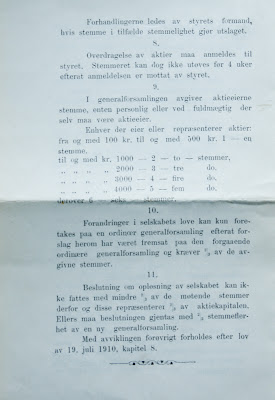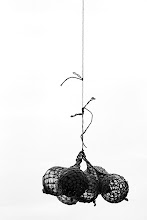Hindø damskibsselskab gains in the fjord was a spearhead of modernization event of the fishing industry in northern Norway. The company used quick fish steamers, purse seine, fresh fish year-round shipping and fishing over large areas, and salted and exported herring. Hindø Dampskibsselskab was apparently the first shipping company in Northern Norway that started using purse seine
Hindø Dampskibsselskap A / S was a company that ran bank fishing and herring fishing.
Path to the shipping company began in 1875, when trader Christoffer Gerhard Ellingsen situated at Kvitnes in Hadsel took the initiative to buy the little steamer "Kvik". Several men from Vesterålen and Lofoten got together and bought the boat. In 1883 founded Christoffer Ellingsen and his sons Karl and Jens a stock company with the aim of purchase a larger ship. The following year, the company name Dampskibet Hindøs interessentskap (Steamship Hindøs partnership), and in 1893 the name was Hindø Dampskibsselskap A / S. The company's office moved in 1899 from Kvitnes to Sigerfjord in Sortland.
Steamship Company went well, and new ships were acquired. In 1898 the company received the fishing boat "Skolpen", and in year 1902 attempt fishing on the coast of Finnmark, fishing spot Stolpenbanken was found during this fishery, and was named after the boat.
Sigerfjord had good growth in population in the decades around the turn of the century, from 7.8 families 1880c to approx. 600 inhabitants in 1916. Sigerfjord was the second largest place in Vesteraalen after Andenes. The progress at Sigerfjord and the shipping company continued to 1920, when fish prices went down and the herring fishery over several seasons failed. Hindø Dampskibsselskap was dissolved in 1923.
I am waiting for further documentation next month.
Well this is the new info, just a few pictures from the Board Regulations written in year 1911 and nothing very interesting concerning floats.
Kurt Ohm's Website
13 years ago













.JPG)














